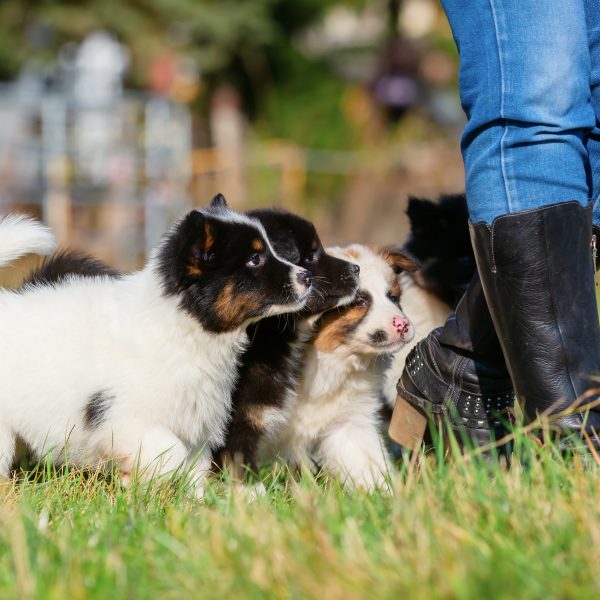4 Things Dog Trainers Wish Dog Owners Knew

Training and socialization that starts early and are ongoing throughout your dog’s life gives them the best chance to become, and remain, a confident, well-mannered, and well-behaved dog.
Some dogs are easier to train than others, but even owners of highly trainable dogs need some help sometimes. After all, a highly trainable dog is usually easy to train into bad habits as well as good ones!
Enlisting the help of a professional dog trainer can help give you the knowledge, tools, and skills you need to train your dog properly, stay consistent with the right training methods, and even help strengthen the bond you have with your dog.
In order for the experience to be successful, it will take time from the trainer and effort on your part as well. Knowing what to expect and dispelling common misconceptions can help put you on the path to success.
Here are a few things dog trainers wish dog owners knew:
1. Training Takes Time
Dog training is not a single event – it’s a process and a journey. There is a common misconception that training is something you do and then stop once your dog has learned what you want them to. This is a false assumption.
Your dog may have mastered the basic commands, but they’ll need ongoing reinforcement to continue to master those and get better at responding to them. Ongoing training is also a great source of mental stimulation for your dog, so you certainly don’t want to stop at just the basics!
Depending on your dog and, yes, you as well, training your dog initially will take time. How long it takes will vary from dog to dog, person to person, and situation to situation. And, if you’re enlisting the help of a trainer in order to modify or stop an existing behavior, it can take even longer.
2. General Training and Behavior Modification are Different Things
Although behavior modification is a type of dog training, it is not the same thing as general training like teaching basic commands. Not only can the approaches be completely different, but the time it takes to modify behavior will also often take much longer. It tends to take longer to modify an ingrained, existing behavior than it does to teach a puppy how to “sit”.
The approach and time involved will also vary based on the type of behavior you’re trying to change, how deeply ingrained or intense it is, and more. For example, trying to counter-condition something like separation anxiety can be a very time-intensive and lengthy process whereas stopping your dog from jumping up may be easier in comparison.
3. You Need to Participate in the Process
It’s important for dog owners to actively participate in the training process. Although you have enlisted the help of a dog trainer, the trainer cannot do all of the work and simply deliver a “fixed” dog to you. You need to bring whatever the trainer is working on with your dog home with you and continue to do the work at home as well as with the trainer.
Consistency is so important when training a dog and it is essential for you to “do the homework” your trainer gives you. If you don’t, you’ll have a dog that behaves and responds to training for the dog trainer, but doesn’t behave or respond to training for you. If you’re “checked out” of the training process and aren’t willing to do the work necessary on your part to build and maintain it, you won’t see the results you want.
4. Harsh Training Methods or Punishment Don’t Work
Harsh training methods based on punishment don’t work. Harsh punishment damages the bond you have with your dog and teaches them to fear you. It also doesn’t fix or redirect the behavior and often causes further behavioral problems as well.
For example, your dog doesn’t know you’re yelling at them or “putting them in time-out” because they ate the trash and, therefore, they should not eat the trash. Dogs don’t make that type of connection – all they know is that you’re upset, but they don’t understand why you’re upset.
Instead of harsh training, make sure you’re working with a dog trainer who focuses on affirmative training. Affirmative training focused on praise, rewards, and other positive methods gets the best response. Dogs are more likely to respond to things and repeat behaviors that reward them. By rewarding the behavior you want and making sure there is no reward for a behavior you don’t want to be repeated, you will be able to train your dog while also maintaining a strong bond with them.
There are a lot of factors that go into training a dog. The methods used are important as well as how consistently they are applied, how well they are applied, and more. Knowing these things before you enlist the help of a dog trainer can help you start the process off on the right foot and make the process a more productive one for you and your dog.
